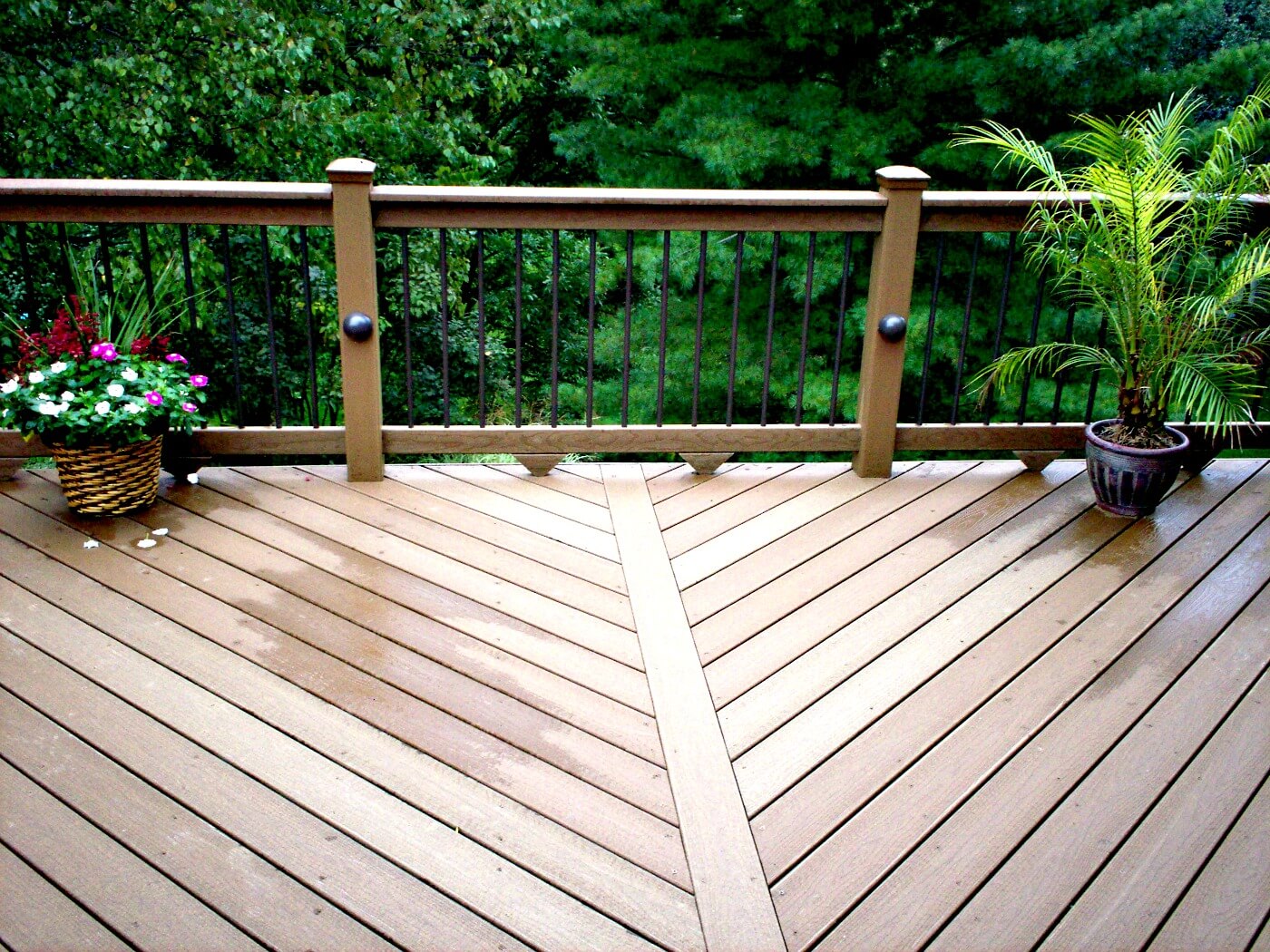
Decks are an essential part of many homes, providing a perfect outdoor retreat for relaxation, entertainment, and family gatherings. Over time, however, exposure to the elements like sun, rain, and snow can cause wear and tear on your deck, leaving it looking worn and aged. While replacing the deck entirely can be costly, deck resurfacing offers an affordable and effective solution to breathe new life into your outdoor space. In this article, we’ll explore what deck resurfacing is, its benefits, and why it’s a smart choice for homeowners.
What is Deck Resurfacing?
Deck resurfacing is the process of restoring or renewing an old deck’s surface without replacing the entire structure. It typically involves removing the worn-out top layer of decking boards and replacing them with new ones, or applying a special coating or overlay that improves both the appearance and functionality of the deck. This procedure not only enhances the look of your deck but also ensures that it remains safe and usable for years to come.
Why Choose Deck Resurfacing?
1. Cost-Effective Solution
One of the biggest advantages of deck resurfacing is its affordability. Replacing a deck can be a major expense, especially if your deck is large. Resurfacing, on the other hand, is much more budget-friendly. It allows you to achieve a refreshed and appealing look without incurring the high costs associated with full deck replacement. You get the same upgraded aesthetic and functionality for a fraction of the price.
2. Quick and Convenient
Deck resurfacing is a relatively fast and convenient process. Depending on the size of your deck, resurfacing can often be completed in just a few days. This is much faster than tearing down an old deck and constructing a new one, which can take weeks or even longer. Homeowners can quickly enjoy their newly revamped outdoor space without the long wait.
3. Environmentally Friendly
Instead of throwing away old deck materials and contributing to landfill waste, resurfacing allows homeowners to reuse the existing framework. By replacing only the top layer of the deck, the overall structure remains intact. This is an environmentally friendly option, as it reduces the amount of waste and supports sustainable home improvement practices.
4. Improved Safety
Decks that have been exposed to the elements for years may begin to show signs of damage such as cracks, splinters, or weak spots, which can pose safety risks. Deck resurfacing helps to address these issues by replacing damaged or worn-out planks and ensuring the deck is structurally sound. This reduces the risk of accidents or injuries while enjoying your outdoor space.
Types of Deck Resurfacing Options
There are several methods for resurfacing a deck, each with its unique benefits. Here are a few common options:
1. Wood Deck Resurfacing
For wooden decks, resurfacing usually involves replacing the old boards with new, high-quality wood materials. Common options include pressure-treated lumber, cedar, or redwood. This method is great for homeowners who love the natural look of wood and want to maintain the original aesthetic while upgrading the surface.
2. Composite Deck Resurfacing
If you have a composite deck, resurfacing typically involves applying a new layer of composite material over the existing deck surface. Composite decking is made from a mix of wood fibers and plastic, making it resistant to rot, mold, and insect damage. This is an excellent choice for those looking for a low-maintenance deck with a durable and long-lasting surface.
3. Deck Coatings and Overlays
For decks that are in relatively good condition but show signs of fading or minor wear, applying a protective deck coating or overlay can be a quick and effective solution. These products can be applied directly to the existing surface and provide a fresh, vibrant look while adding a layer of protection against the elements. Coatings and overlays are available in a variety of finishes, including stains, paints, and textured surfaces.
How to Maintain a Resurfaced Deck
Once your deck has been resurfaced, regular maintenance is key to preserving its new look and longevity. Here are some tips:
- Clean the deck regularly: Sweep debris off the deck to prevent staining and damage. Use a gentle cleanser and a soft brush to remove dirt and grime.
- Inspect for damage: Periodically check for any signs of wear, such as cracks or loose boards, and address them promptly.
- Reapply coatings as needed: If you’ve applied a protective coating, follow the manufacturer’s guidelines on reapplication to keep your deck in top condition.
- Seal the deck: Consider applying a water-repellent sealant to protect the wood from moisture and extend its lifespan.
Conclusion
Deck resurfacing is a cost-effective and efficient way to rejuvenate an old deck, enhancing its appearance and functionality while preserving its structural integrity. With various resurfacing options available, homeowners can choose the best method to fit their budget and style. Whether you opt for wood replacement, composite materials, or a simple deck coating, resurfacing can help extend the life of your deck and make it the perfect outdoor space for relaxation and entertaining.deck resurfacing

